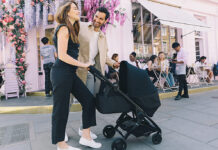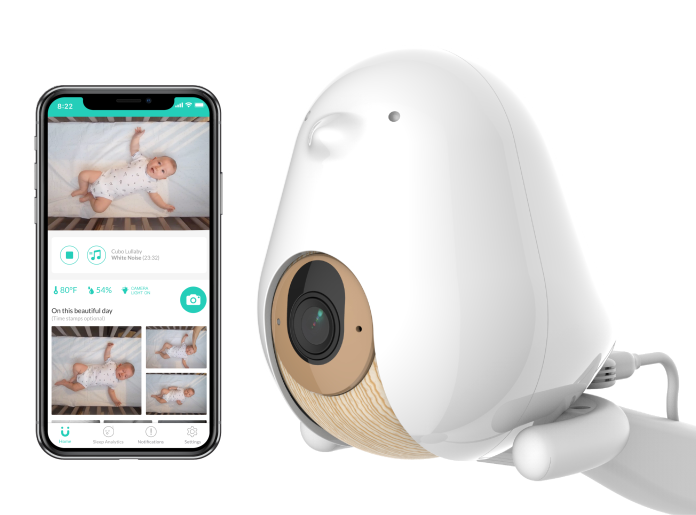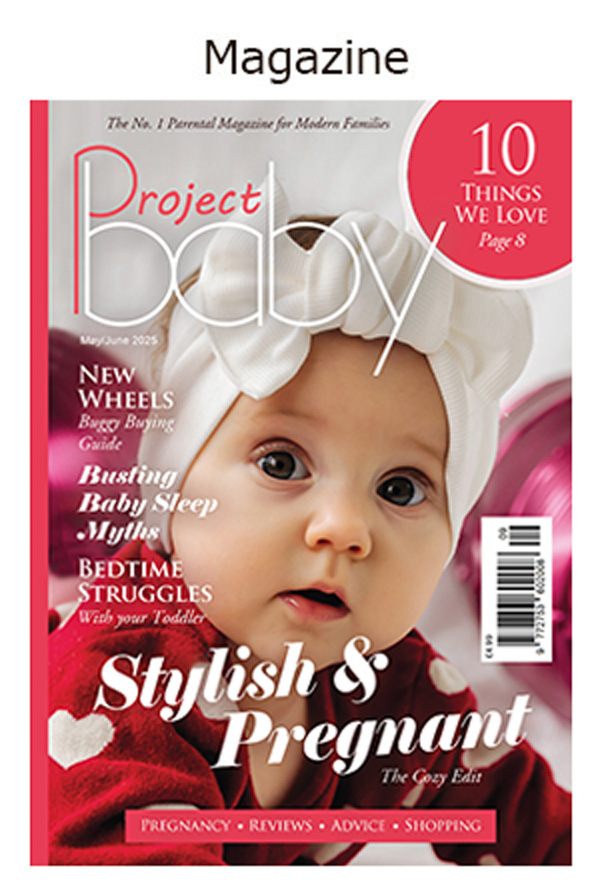By The Modern Midwife
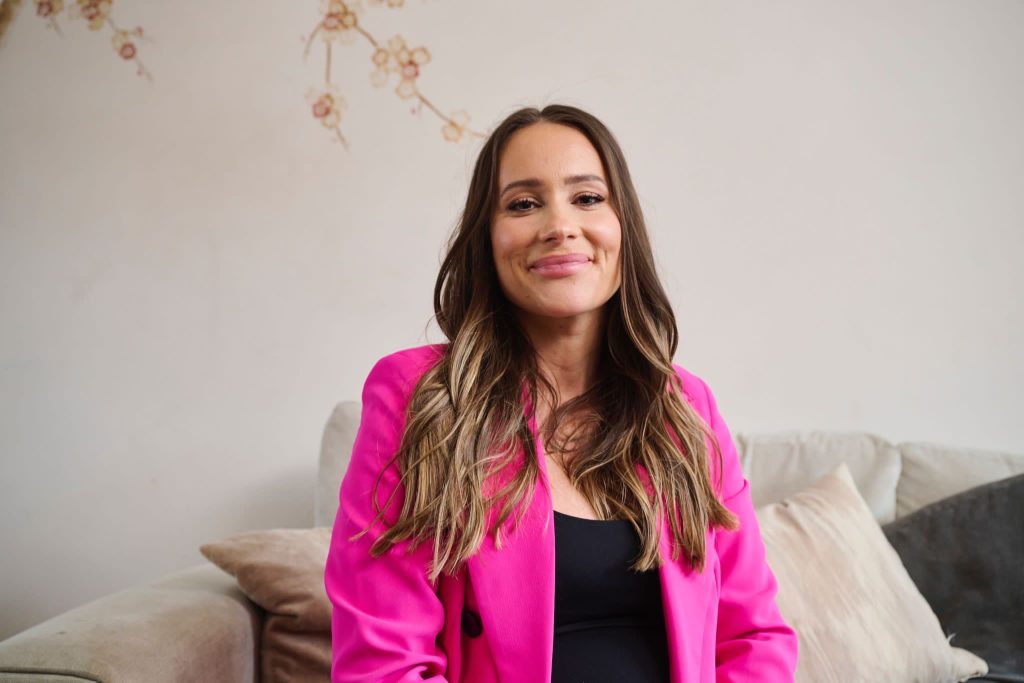
Ensuring your baby has a safe sleep environment is one of the most crucial considerations
of parenthood. It not only promotes better rest but also significantly reduces the risk of
Sudden Infant Death Syndrome (SIDS) and other sleep-related hazards. In this blog I ‘myth
bust’ some common ideas about babies’ sleep and offer a guide and top tips on safe sleep.
Discussing the benefits of pre-planning product purchases, and the importance of a holistic
approach, including a baby monitor for optimal safety and independence.
Benefits of Pre-Planning for Your Baby’s Bedtime Needs
Pre-planning your baby’s sleep environment and product purchases can make a significant
difference in both safety and convenience. By researching and selecting products that meet
the highest safety standards, you minimise risks.
Just because a product is on the market does not always make it safe. Planning helps avoid
impulse buys and focuses on necessary items, saving money in the long run. Knowing that
you have prepared a safe, comfortable sleep environment allows for more relaxed and
confident parenting. Establishing a consistent sleep environment from the start helps your
baby adapt to routines, promoting better sleep patterns.
‘Myth busting about babies sleep’
Myth 1 Babies all need the same amount of sleep?
If you Google “how much should my baby be sleeping?”, you’ll often find set hours or
schedules…but science doesn’t back this up! All babies are unique individuals, just like
adults. Babies have a wide variation of sleep needs. Some have lower and some have
higher. Many experts now recommend ranges rather than set hours. For example, as a
general guide most babies under one will sleep between 12-16 hours in a 24 hour period.
But even then, some may sleep more or less and this is adequate for them. It’s about getting
to know your baby! Infants vary a lot around milestones too. For example, some babies will
walk at 9 months, others not until 19 months and sleep is no different to this. When we try to
force sleep, tensions can run high for everyone, for whoever is trying to push sleep and the
baby who’s resisting it. That said, there’s no harm in trying different ways to settle a baby
who struggles to get off to sleep, but trying to force it is rarely a success as it’s biological.
Getting into a routine can take time, sometimes months.
By one year most babies have a better sleep routine and are more capable of sleeping
through the night. If your baby is waking frequently and this is impacting your mental health
it is important to speak to your support system and to advocate for yourself to get rest.
Personally, my baby is almost 1yr and wakes sometimes up to five times a night. I nap with
him when I can and I ask for a lot of help on the days we’ve had a previous bad night. A
baby monitor can also be a real support with features like white noise and lullabies to help
get them back off to sleep. They’re also helpful at 6 months+ when you can keep an eye on
every movement when your baby is old enough to sleep alone.
Myth 2 Babies who wake a lot don’t get enough sleep?
For very young babies it is normal and healthy for them to wake. Especially before 4 months
of age. It is even thought to be protective against SIDS. Adults can wake between sleep
cycles but often go back to sleep as they get themselves back off with a change of position
or popping one leg out the duvet for comfort – for example. Babies can struggle to get
themselves comfortable and back off to sleep. Babies under 4-6 months often need feeding
frequently due to the size of their tiny tummies. There’s no denying that it is utterly
exhausting for parents. Simply knowing that waking is normal and even protective can be
slightly comforting. It won’t alleviate your tiredness of course. Only sleep, naps and rest for
you will do that.
Reminder to read myth 1 again! As Babies grow, learn and their digestive system matures,
sleep tends to gradually improve. But not for all, leading some parents to turn to a sleep
consultant for advice around sleep support. If you’re struggling with your baby’s sleep, it’s
always worth chatting to your health visitor and considering external support.
Myth 3 Babies should be sleeping alone in a cot happily, you’ll make a rod for your own
back if you pick them up too much!
Whilst some babies are happy to be put down the vast majority are not! The vast majority
want to be held, cuddled, rocked and stroked. The fourth trimester is the nickname given to
the first 3 months following birth because it is viewed as (almost) an extension of pregnancy.
A newborn baby has only ever existed in darkness (with some red tones varying in sunlight
but very far from the brightness of their new world) they have not heard clear voices – these
are muffled and need to pass through muscles and fluid. Plus they’re having to now breathe
independently, feed and learn about their bowel function (passing wind/pooing). This can all
be a bit overwhelming, sometimes even uncomfortable for them. Not to mention those
babies who are intolerant or allergic to things like cows milk protein (CMPA), eggs and so on.
Or babies who have reflux. It can be particularly stressful for parents when they have an
expectation of their baby which doesn’t meet their reality. If your newborn baby wants to be
held, rocked or fed to sleep, know this is very normal. They’re not being needy, they don’t
understand the world or how to self soothe.
You won’t “make a rod for your own back” by attending to your young baby’s needs. As they
grow and get bigger, setting parental boundaries will come. But in those early days babies
need to build a loving trusting bond and responsive parenting is important. Although when
you’re in the thick of it, it feels like it, but I promise you – this won’t last forever. Lastly, you
can sleep train later on if you wish to, it’s just not recommended with babies under 4 months.
Key Elements of Safe Sleep for Your Baby

- Safe Cot/Cot Bed
○ Standards Compliance: Ensure the cot meets safety standards (e.g. slat
spacing, sturdy construction).
○ Mattress Fit: The mattress should fit snugly without gaps to prevent
entrapment.
○ No Loose Bedding: Use a fitted sheet and avoid loose blankets, pillows, and
stuffed animals. - Safe Sleep Areas
○ Room Sharing: The safest place for a baby to sleep is in the same room as
the parents for the first six months.
○ Flat, Firm Surface: Always place the baby on their back on a flat, firm sleep
surface.
○ Clear cot: Keep the sleep area free from toys, bumpers, and other items that
could pose a suffocation risk. - Room Temperature
○ Ideal Temperature: Maintain a room temperature between (16°C to 20°C) to
prevent overheating.
○ Thermometer: Use a room thermometer to monitor and maintain the ideal
temperature.
○ Proper Ventilation: Ensure the room is well-ventilated, but avoid direct drafts
on the baby. - Sleep Clothing
○ Appropriate Layers: Dress the baby in appropriate sleep clothing based on
room temperature. Opt for sleep sacks or wearable blankets instead of loose
covers. - Baby Monitors
○ Monitor Types: Choose a monitor that suits your needs, from basic audio
monitors to advanced video and movement monitors.
○ Holistic Monitoring: Look for monitors that offer features like room
temperature monitoring and movement alerts.
○ Promote Independence: Baby monitors can provide peace of mind and
allow parents to give their baby some independence while ensuring safety.
CuboAi is an award-winning smart baby monitor and app, it detects when your baby needs
you most. This monitor is perfect for growing with your little one, it takes the thinking process
out of planning long-term and considers all aspects of sleep and independence.
My top ‘safe sleep’ CuboAi features:-
The room thermometer – really great to check the temperature, this can help guide you with
sleepwear and togs too.
Danger Zone – ensuring safe sleep movement.
HD night vision – amazing quality to keep an eye on your little one!
Face cover detection – helpful from 1yrs+ as they wriggle a lot!
Conclusion
Creating a safe sleep environment for your baby is an ongoing process that requires careful
planning and attention to detail. By prioritising safe sleep elements such as a secure cot,
clutter-free sleep areas, sleeping your baby on their back, appropriate room temperature,
and suitable sleep clothing, you lay a strong foundation for your baby’s well-being. It’s best
not to listen to all those myths you hear, every baby is different and it’s best to seek
professional advice when it comes to your baby’s sleep.
Additionally, integrating a reliable baby monitor helps you keep an eye on various aspects of
your baby’s sleep, enhancing safety and allowing for a balance between vigilance and
independence. Pre-planning these aspects not only safeguards your baby but also brings
invaluable peace of mind, ensuring restful nights for both your baby and you, which are so
important!
